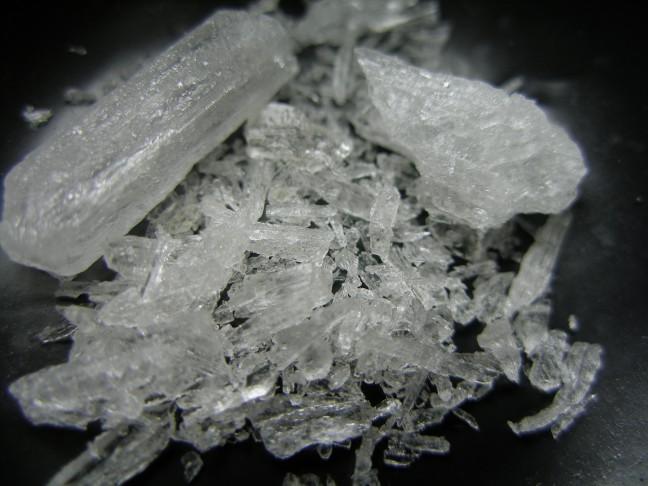While the focus has centered around the growing opioid epidemic on a state and national level, another drug has also proliferated through the state and plagued Wisconsin communities over the last few years — methamphetamine.
According to the Wisconsin Department of Health Services, 58 counties have had at least one incidence of driving while under the influence of meth — up from 24 in 2012 — while the number of of people reportedly receiving treatment for meth use has doubled since 2010.
In 2015, around 897,000 people across the country self-reported meth usage, according to Wisconsin DHS.
Though statistics suggest usage is on the rise, reported production has decreased.
While meth used to be produced in large quantities in parts of northwestern Wisconsin, the state has seen a 60 percent reduction in reports of meth labs since 2005. The meth that now comes into the state mainly originates in Mexico and is transported from California and other major states in the Southwest, according to the Wisconsin Department of Justice.
One potential reason the problem of meth usage is less recognized could be its lack of presence in urban areas, Madison Police Department spokesperson Joel DeSpain said. With areas of higher population not being exposed it, it can be overlooked.
“Meth use is mostly a rural problem,” DeSpain said. “We don’t see much of it in the city.”
Emily Johnson of Hope Haven, a nonprofit drug abuse rehabilitation organization funded by Catholic Charities in Madison, discussed how difficult it is to quit meth.
Symptoms of withdrawal can range from anxiety, depression, fatigue, confusion and insomnia, Johnson said.
As for long-term side effects of usage, the Wisconsin DHS reported these can include anxiety, paranoia and hallucinations. Meth can also rewire a user’s dopamine system and cause them to be solely dependent on meth for positive feelings.
“Chronic meth users can experience violent behavior [and] psychotic features, including paranoia, visual and auditory hallucinations and delusions,” Johnson said. “Psychotic symptoms can last for months or years after the person’s last use of methamphetamine.”
Part of the problem with meth use is its accessibility when compared to other typically harder-to-come-by drugs, such as cocaine or heroin. Also, it has great appeal to those prone to neuroses and impulsive behavior, according to Medical Daily.
“Methamphetamine is cheap, long lasting, highly effective and easier to find or manufacture than prescription drugs,” Johnson said. “It can be made out of household items. In fact, people can Google ‘How to Make Methamphetamine’ and it will tell you.”
In a survey of law enforcement, nearly half of interviewed officials said they considered meth to be their primary drug problem, more than cocaine, marijuana and heroin combined. Though the number of meth cases is lower than other drug cases, officials still believe it poses a major threat to public safety.
For now, the greatest challenge lies in combating the root causes of meth in Wisconsin, and shutting down sources of distribution, according to Wisconsin DOJ.
For the past decade, the federal government has also been implementing measures to increase penalties and sentences for meth traffickers, and to fund local police departments for more training on meth-related investigations and lab cleanup, according to reporting done by PBS.
On a state level, leaders such as Attorney General Brad Schimel and state Rep. John Spiros, R-Marshfield, recognize the importance of combatting meth. During a press conference last year, Spiros called on state legislators to help make Wisconsin communities safer.
“With the increase we’ve seen in meth abuse in our state, it’s essential that lawmakers start getting involved, looking to our law enforcement agencies for advisement,” Spiros said in a statement.


